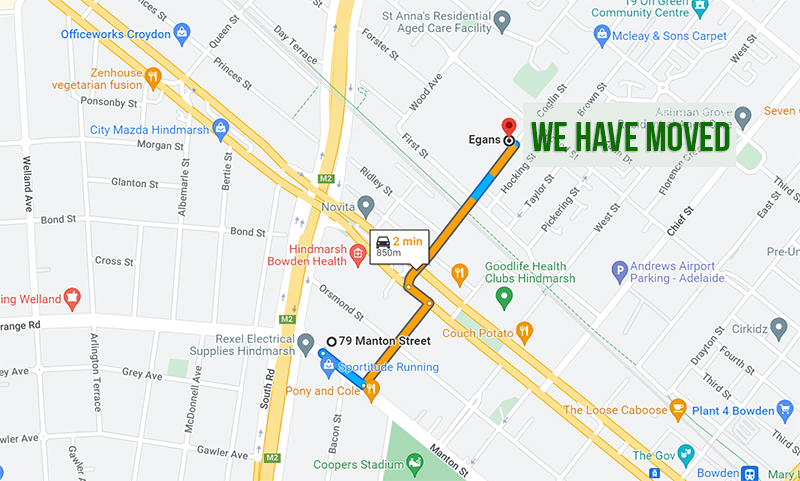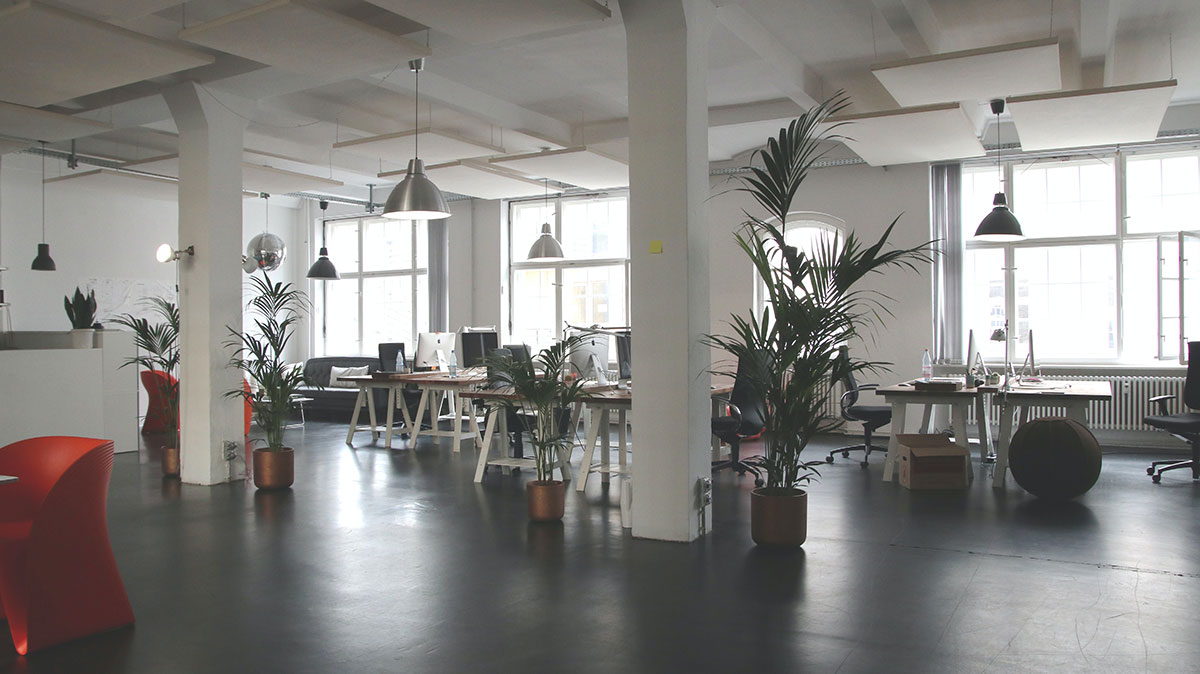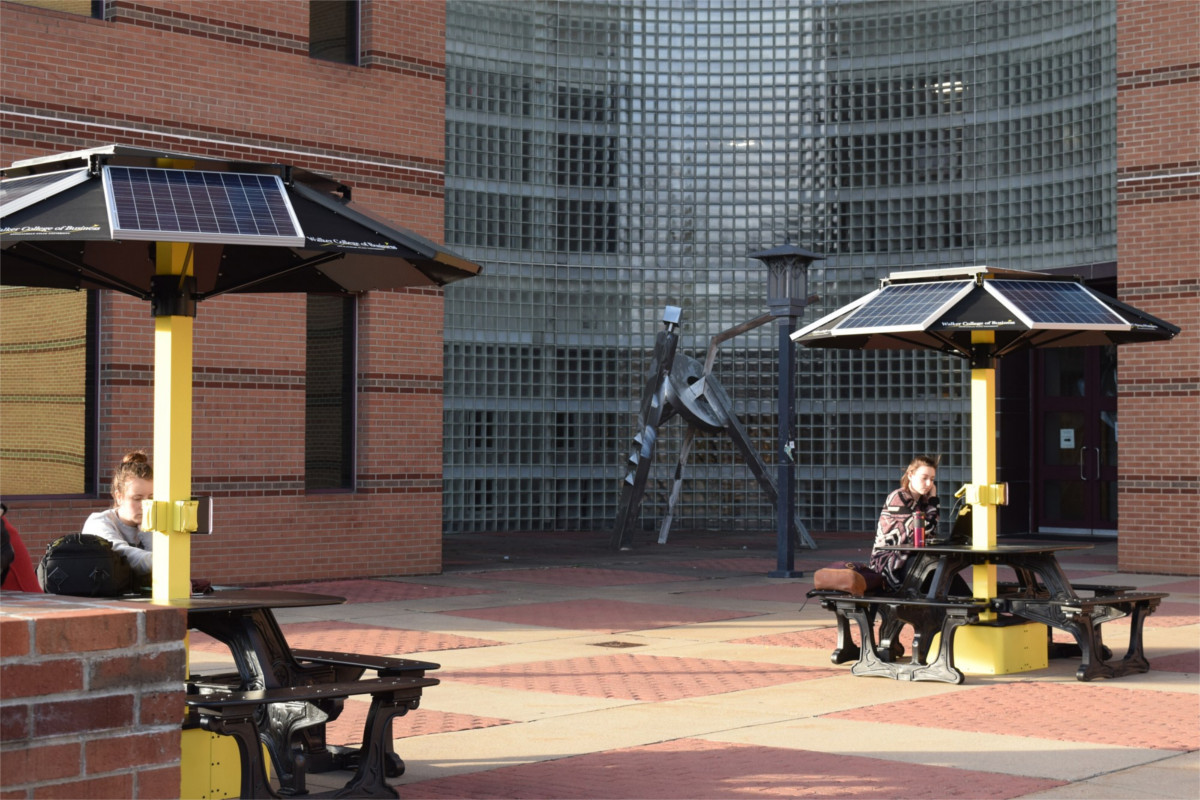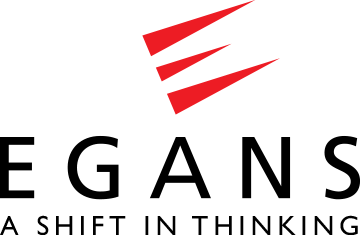The concept of offices can be traced back to ancient civilizations, where scribes and administrators worked in designated spaces to carry out administrative tasks. However, the modern office as we know it today has evolved significantly over time.
During the Middle Ages, official paperwork and record-keeping were conducted in monasteries and scriptoria. As trade and commerce expanded, businesses started to establish their own offices to manage transactions and correspondence.
The Industrial Revolution of the 18th and 19th centuries brought about significant changes in office environments. With the rise of factories and large-scale enterprises, administrative functions became more complex, leading to the development of specialized office spaces. Offices began to feature desks, filing systems, and other tools necessary for managing paperwork and communication.
In the early 20th century, the introduction of typewriters, telephones, and adding machines revolutionized office work. Companies adopted open-plan offices, featuring rows of desks and centralized resources such as typists and secretaries.
During the mid-20th century, technological advancements like photocopying machines, fax machines, and computer systems transformed office operations. Computers, in particular, revolutionized data processing, record-keeping, and communication.
In recent decades, the digital revolution and the widespread adoption of the internet have further transformed office work. Email, instant messaging, video conferencing, and collaborative software have made communication and information sharing more efficient.
Moreover, the concept of remote work has gained prominence, allowing employees to work from home or other locations outside traditional office spaces. This shift has been accelerated by advancements in technology and changing attitudes towards work-life balance.
Today, offices are designed with a focus on creating productive and comfortable environments for employees. Office layouts have evolved to include open spaces, collaborative areas, breakout rooms, and amenities like lounges and recreational spaces. Many companies also emphasize flexible work arrangements, encouraging a balance between individual work and collaboration.
Overall, the history of the office reflects the changing nature of work, technological advancements, and evolving attitudes towards productivity and employee well-being.
How the office changed since the COVID-19 Pandemic
- Remote Work: One of the most significant shifts has been the widespread adoption of remote work. To adhere to social distancing guidelines and ensure employee safety, many companies transitioned their workforce to work from home setups. Remote work became the new norm for numerous industries and job roles, with employees using video conferencing, collaboration tools, and cloud-based systems to stay connected and continue their work remotely.
- Virtual Meetings and Collaboration: Face-to-face meetings and in-person collaboration were replaced by virtual meetings and digital collaboration tools. Platforms such as Zoom, Microsoft Teams, and Slack became essential for communication and collaboration, allowing employees to hold meetings, share documents, and collaborate on projects remotely.
- Flexible Work Arrangements: With remote work becoming more prevalent, companies have embraced flexible work arrangements. Many organizations shifted to hybrid models, allowing employees to work remotely for a portion of the week and come into the office on designated days. This flexibility has provided employees with a better work-life balance and reduced commuting time.
- Office Safety Measures: As offices gradually reopened, health and safety measures were implemented to protect employees. This included measures like physical distancing, installing barriers between workstations, increased sanitization, mandatory mask-wearing, and temperature checks. Many companies also introduced staggered shifts and limited the number of employees in the office at a given time to maintain safe distancing.
- Redesigning Office Spaces: To accommodate physical distancing guidelines, office spaces underwent changes in layout and design. Open-plan offices were reconfigured to provide more space between desks, and common areas were adapted to allow for proper distancing. Some companies also implemented one-way traffic flows and touchless technology to minimize physical contact.
- Emphasis on Well-being: The pandemic highlighted the importance of employee well-being. Companies implemented measures to support their employees’ mental and emotional health, such as providing access to virtual wellness programs, counseling services, and promoting work-life balance initiatives. Employers recognized the need for increased support and flexibility during these challenging times.
- Increased Reliance on Technology: The pandemic accelerated the adoption and reliance on technology in office operations. Companies invested in digital infrastructure, cloud-based tools, and cybersecurity measures to enable seamless remote work and ensure data security. Virtual onboarding processes, online training programs, and digital project management tools also became more prevalent.
It’s important to note that the extent of these changes varied across industries, with some sectors being more adaptable to remote work than others. However, the pandemic undoubtedly accelerated the transformation of traditional office environments and prompted a reevaluation of work arrangements and employee well-being.










